The equestrians share what the sport taught them, how they find time to care for their beloved horses, and where the love for riding stems from.
Both passionate about equestrianism, Bea Ortoll-Manahan, and Katrina Holigores discovered their love for the sport at a young age.
Ortoll-Manahan grew up vacationing with her family in Baguio, and says she has always adored horses. She knew she’d persist in the sport after joining lessons from Manila Polo Club at eight years old. “I still remember my first instructor, Bing Carmona, and my pinto school horse Bronco,” she fondly recalls.
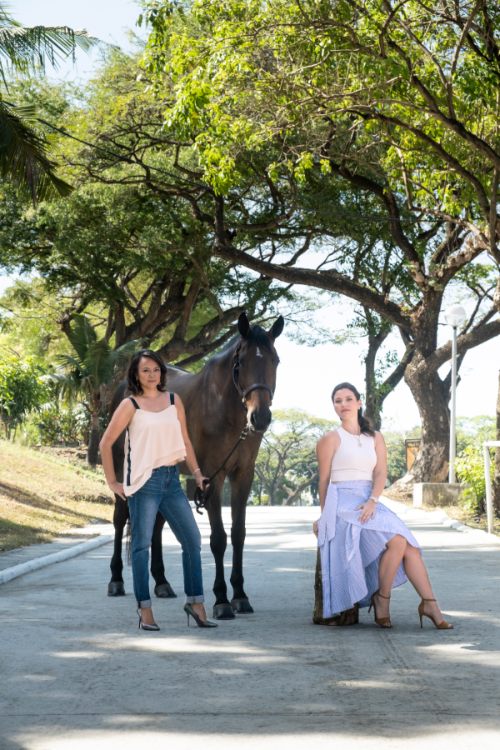
On the other hand, Holigores grew up around equestrians and polo players from frequent visits to her maternal grandfather Jose Antonio Araneta’s stables. Holigores joined the Manila Polo Club lessons when she was about 10 years old (or even younger, Holigores says). “Since my mom Maity and all her siblings rode, she felt it would be good exposure and a positive character-building experience for me,” she shares.
Lifelong passion
Beyond learning the technical skills needed to ride and jump over hurdles, equestrianism requires genuinely caring for the horse.
“I would say a connection with the animal, forming a symbiotic relationship,” Holigores says about how equestrianism was solidified as a passion. “Learning to trust and build confidence while working as a team with a sentient being that doesn’t speak the same language as you.”
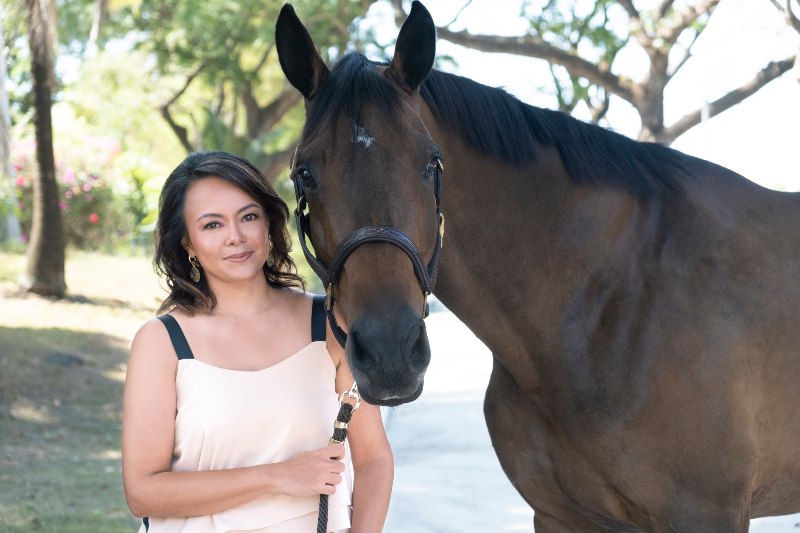
For Ortoll-Manahan, it was a three-week training camp at Le Mans, France, in 2019. With her sister Marilen. “[We] shared a small, simple, and very hot apartment that was in the stables. Day and night, we were surrounded by horses,” she narrates. “We woke up to the smell of manure every morning. All we did was eat, sleep, ride, and watch our friends compete at the horse shows. I leased a gentle giant named Topaz whom I fell off many times.”
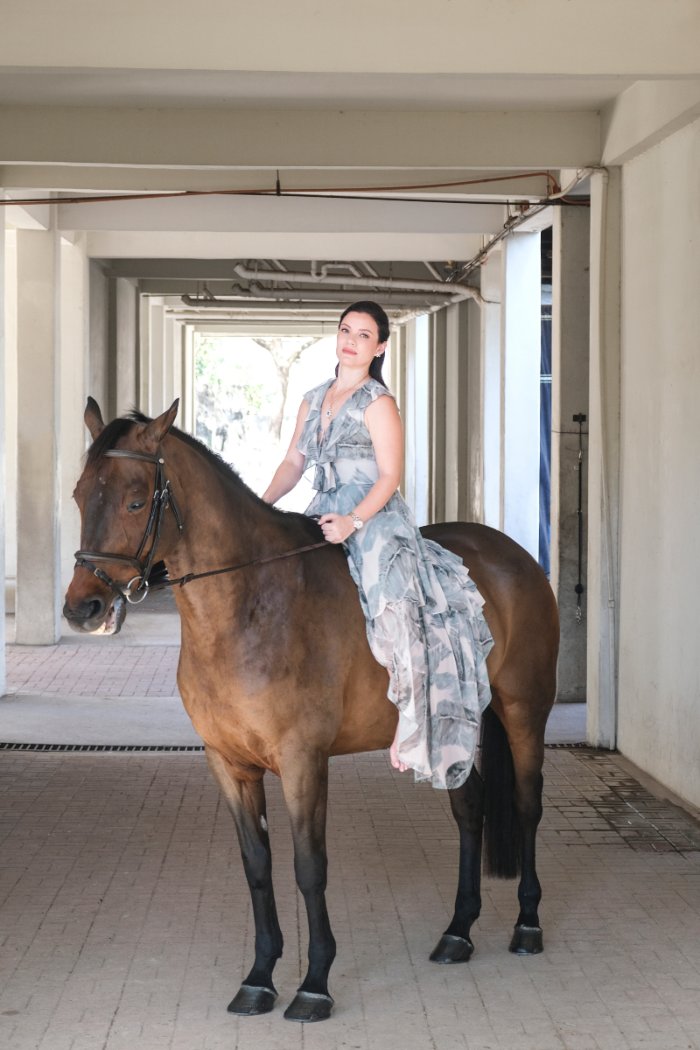
She adds that their French riding coach, Thibault Trassard, even arranged vaulting lessons, “which is [kind of] like gymnastics on a horse to help us improve our balance. It was a scary and very humbling experience, to say the least. To any other person, this sounds like a terrible way to spend the summer, but I loved it.”
Making time
While Ortoll-Manahan and Holigores respectively have careers in business development and production, they manage to ride regularly. Holigores, who has competed internationally, rides four to five times a week while the head of her team manages the health and well-being of her horse, Bailey.
“Of course, I make sure I am on top of Bailey’s needs and invest in whatever can help enhance her physical and mental states,” she adds. Meanwhile, depending on her schedule, Ortoll-Manahan heads to the Manila Polo Club stables before or after the office.
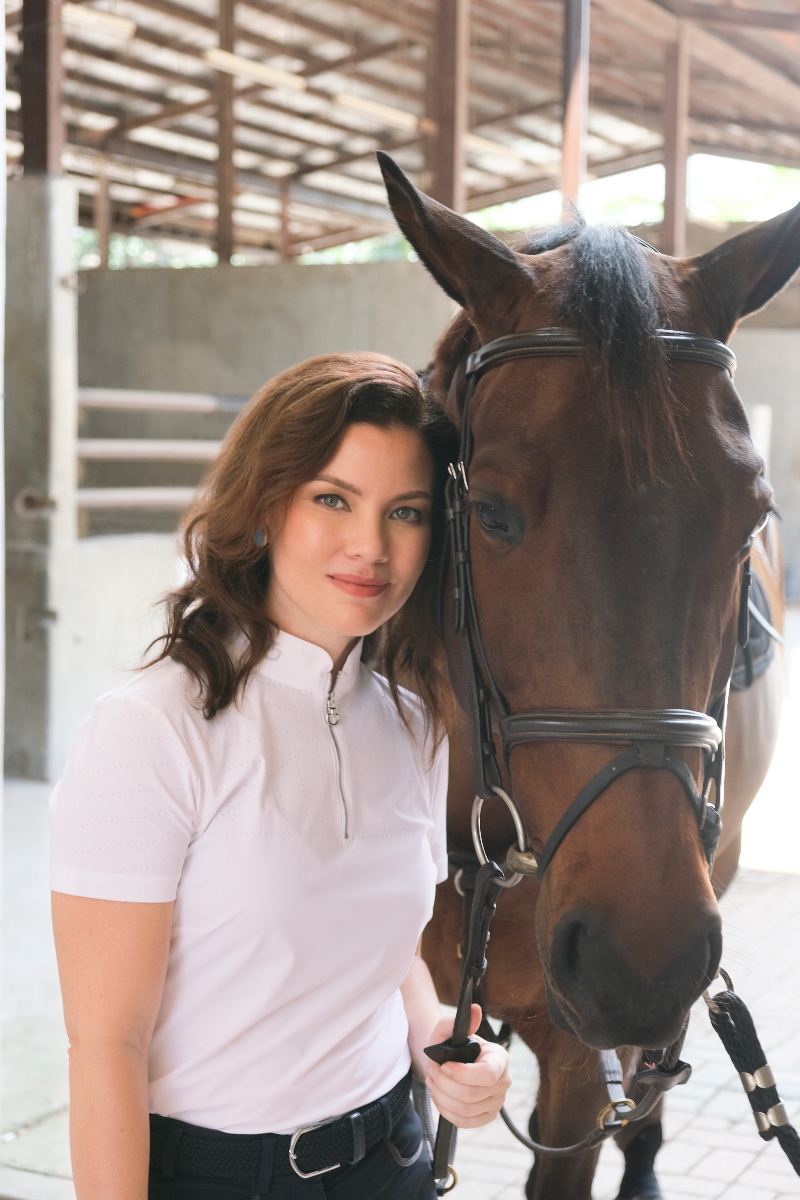
“Many times, I’m able to schedule my meetings or appointments around my lessons with my coach, Janine Felix. On particularly busy days when I absolutely cannot make it to the stables, I ask any of my Equisport teammates to ride [my horse] Fahrenheit, so he still gets his exercise,” Ortoll-Manahan shares. “It’s essential to have a support network.”
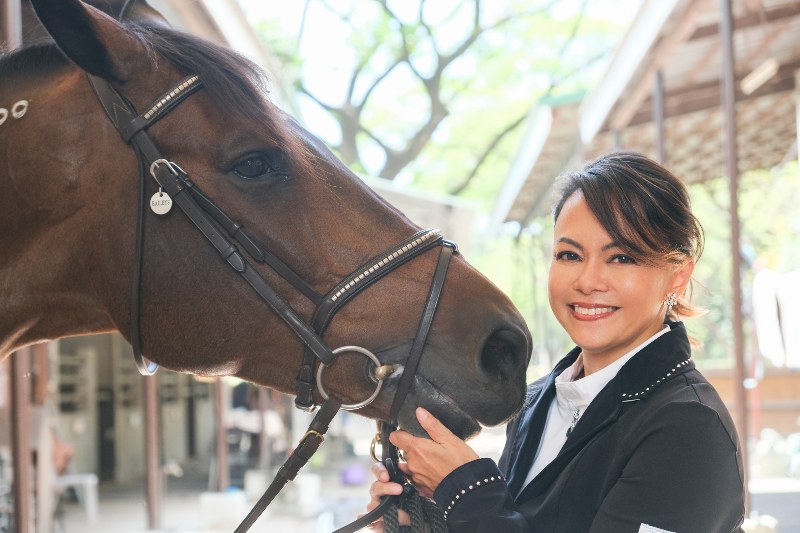
Love and care
This includes the stable hand, also known as a groom, who provides her horse’s daily needs and upkeep. For the equestrians, riding is their outlet amid a busy lifestyle. “When I’m riding, I forget how stressful my day has been or will be. At that moment, the only thing that matters is my connection and communication with the horse,” Ortoll-Manahan says.
At the same time, Holigores believes caring for horses is the same as how responsible pet owners would, “you care for something that is 100 percent dependent on you, and you build a relationship with them that can provide you years of joy and love.”
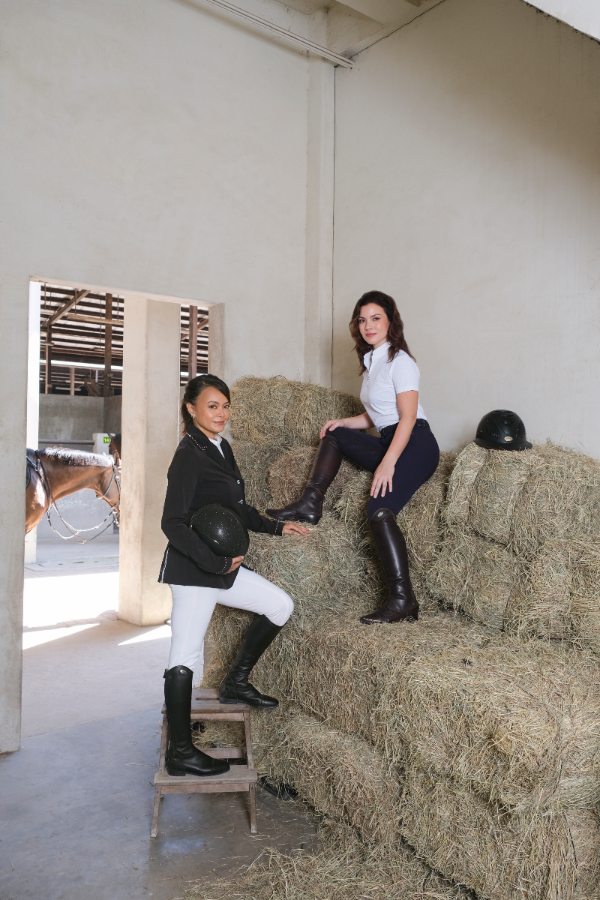
Through practicing equestrianism for most of their lives, they’ve inevitably learned things about themselves through the sport. “I learned that I overthink many things,” Holigores shares. “The more consistent I am when I do anything, the more I learn and improve my skills.”
For Ortoll-Mahnahan, she realized she’s braver than she gave herself credit for, “this sport has also taught me humility, gratitude, and grit.”
Images by ED SIMON of Studio 100.
This story first came out in the August 2022 issue of Lifestyle Asia.





